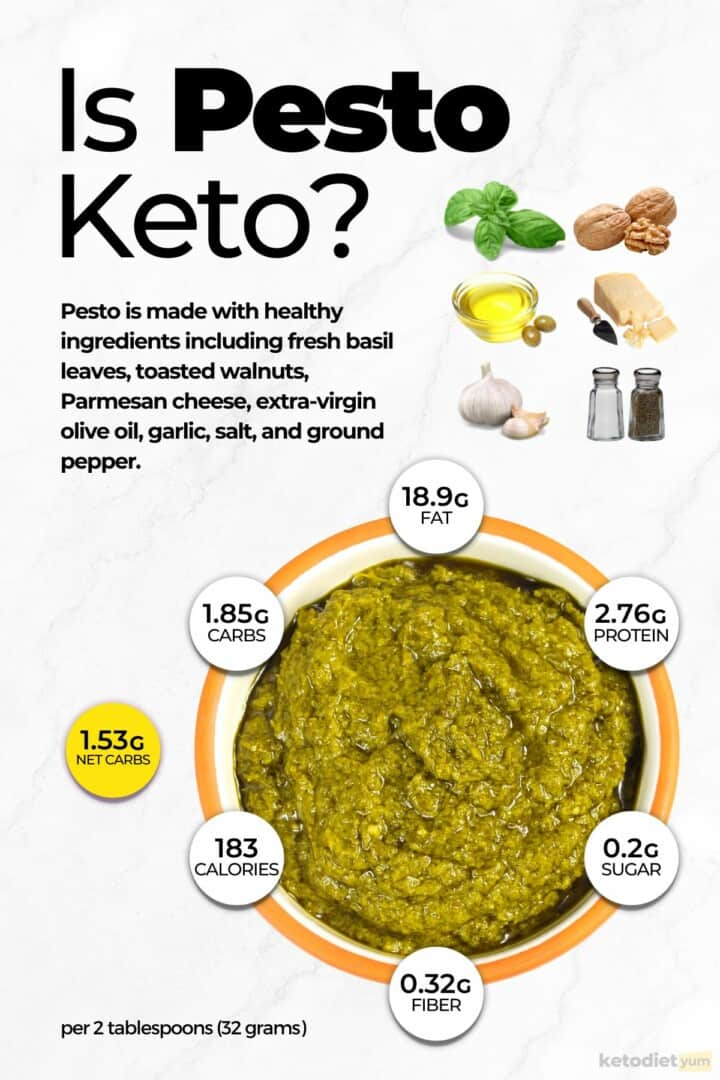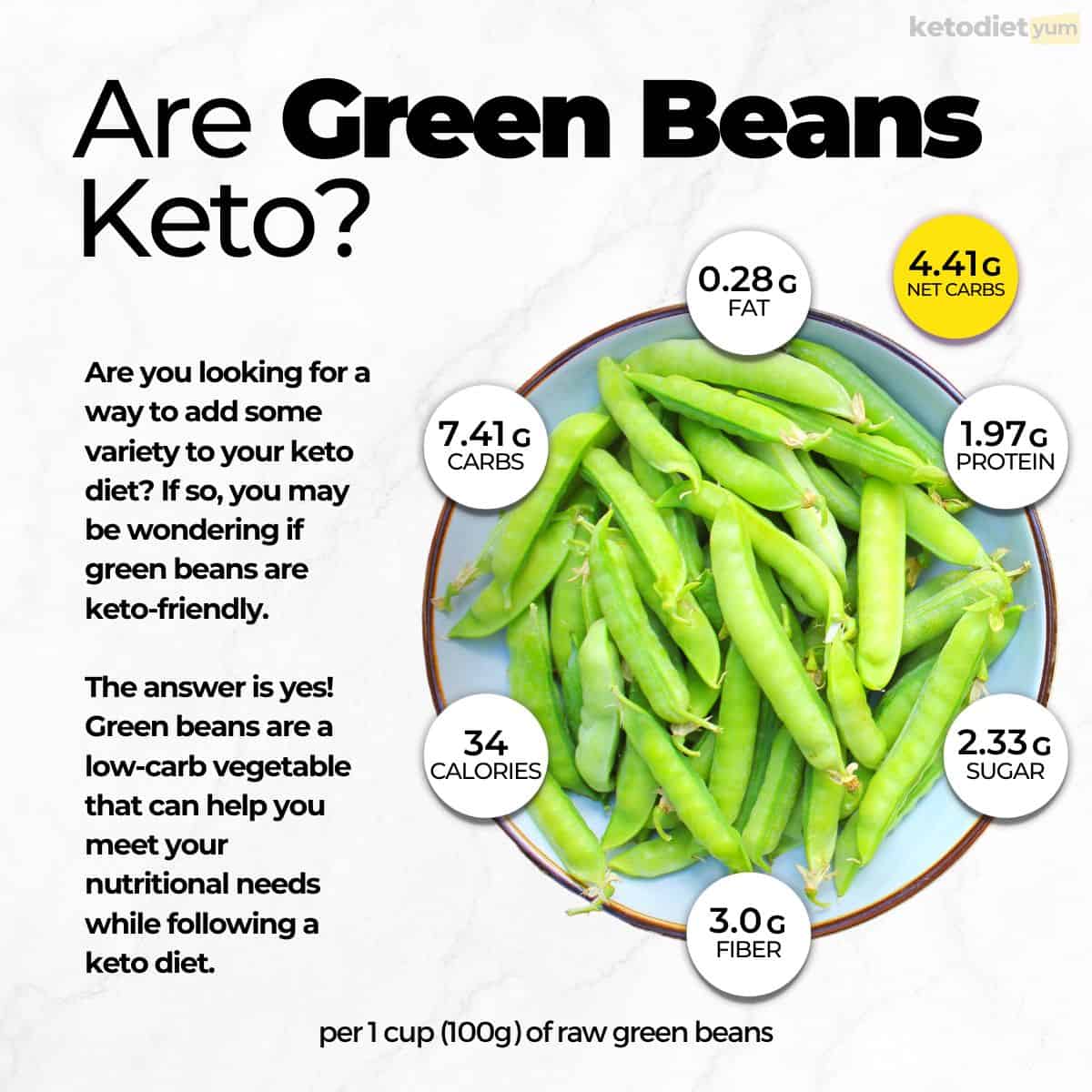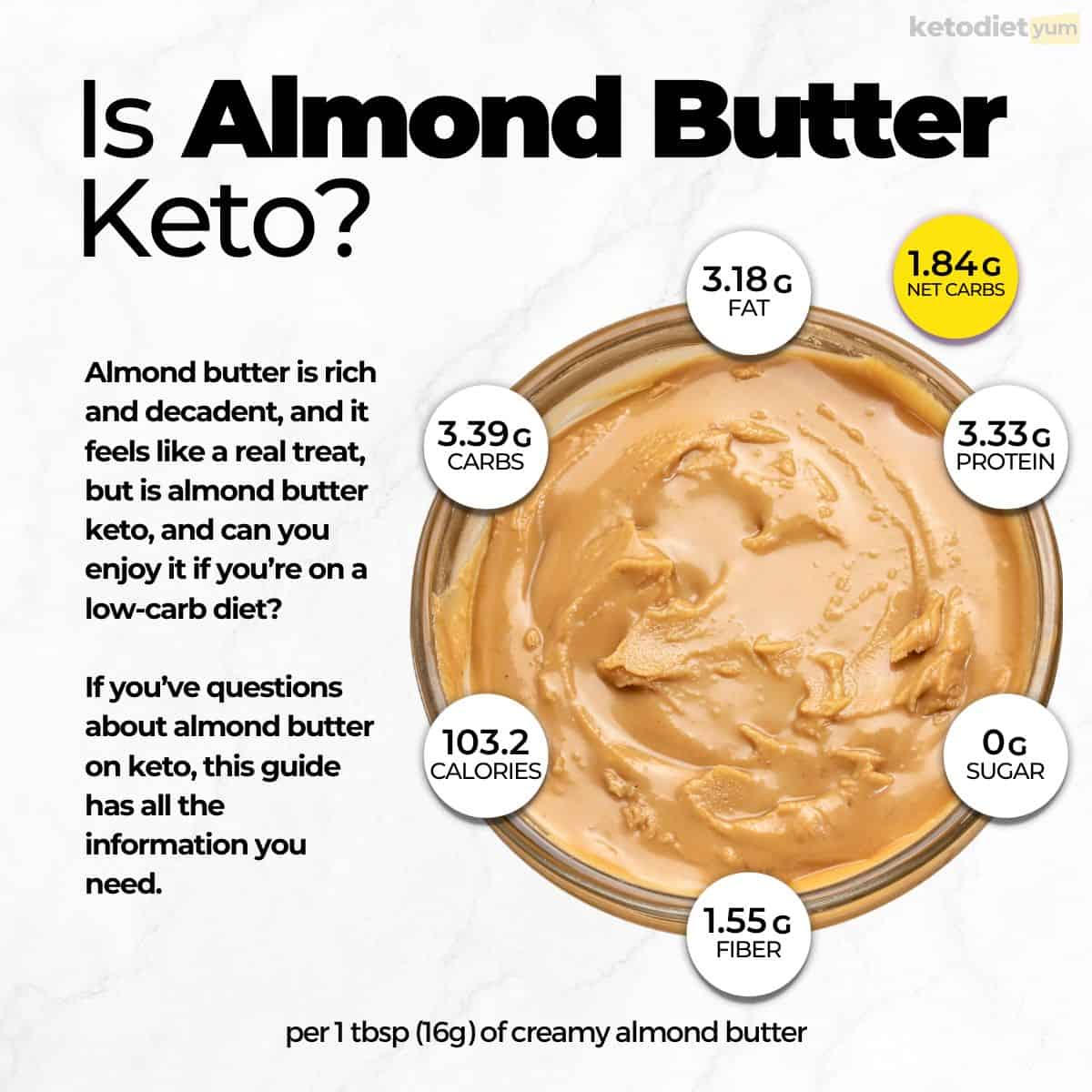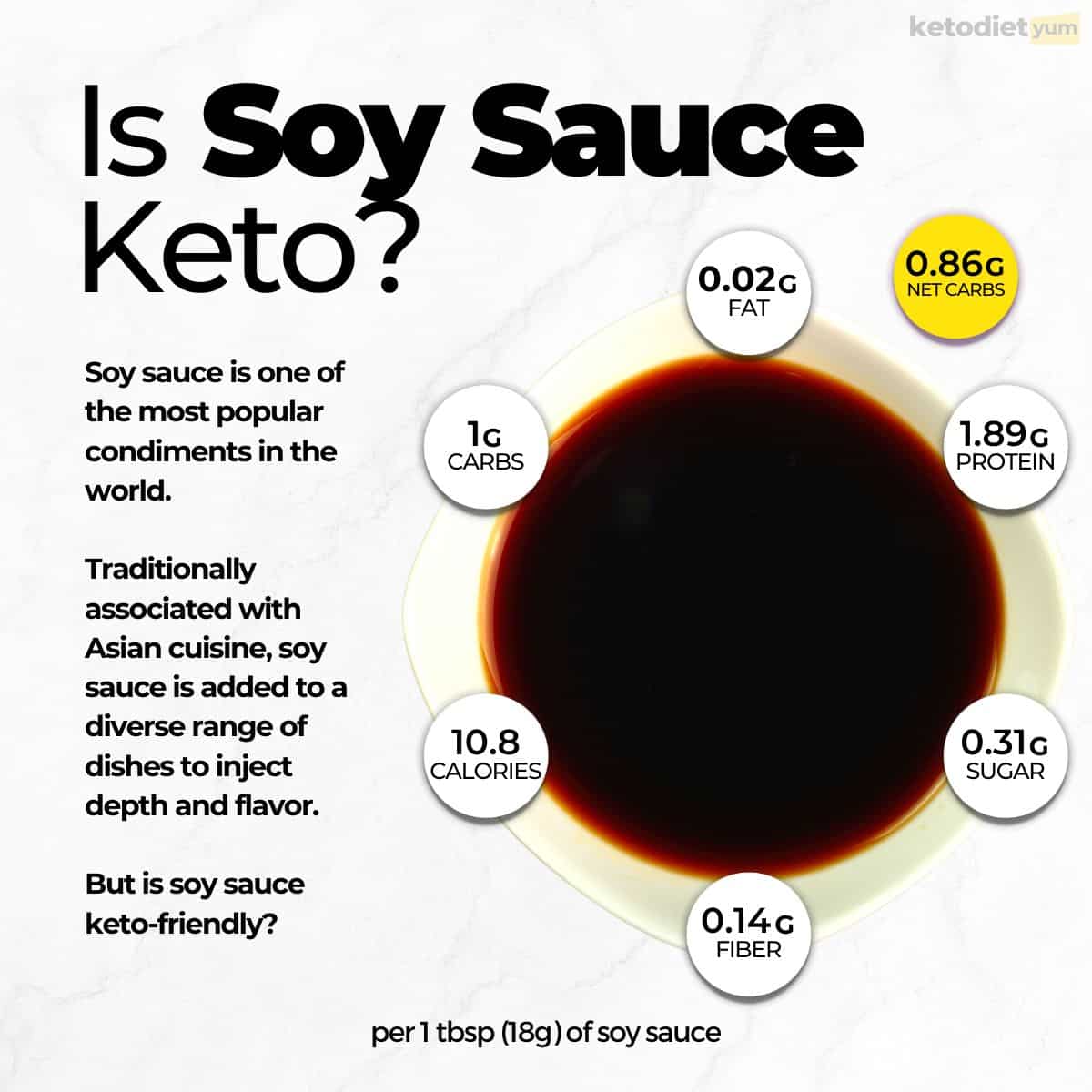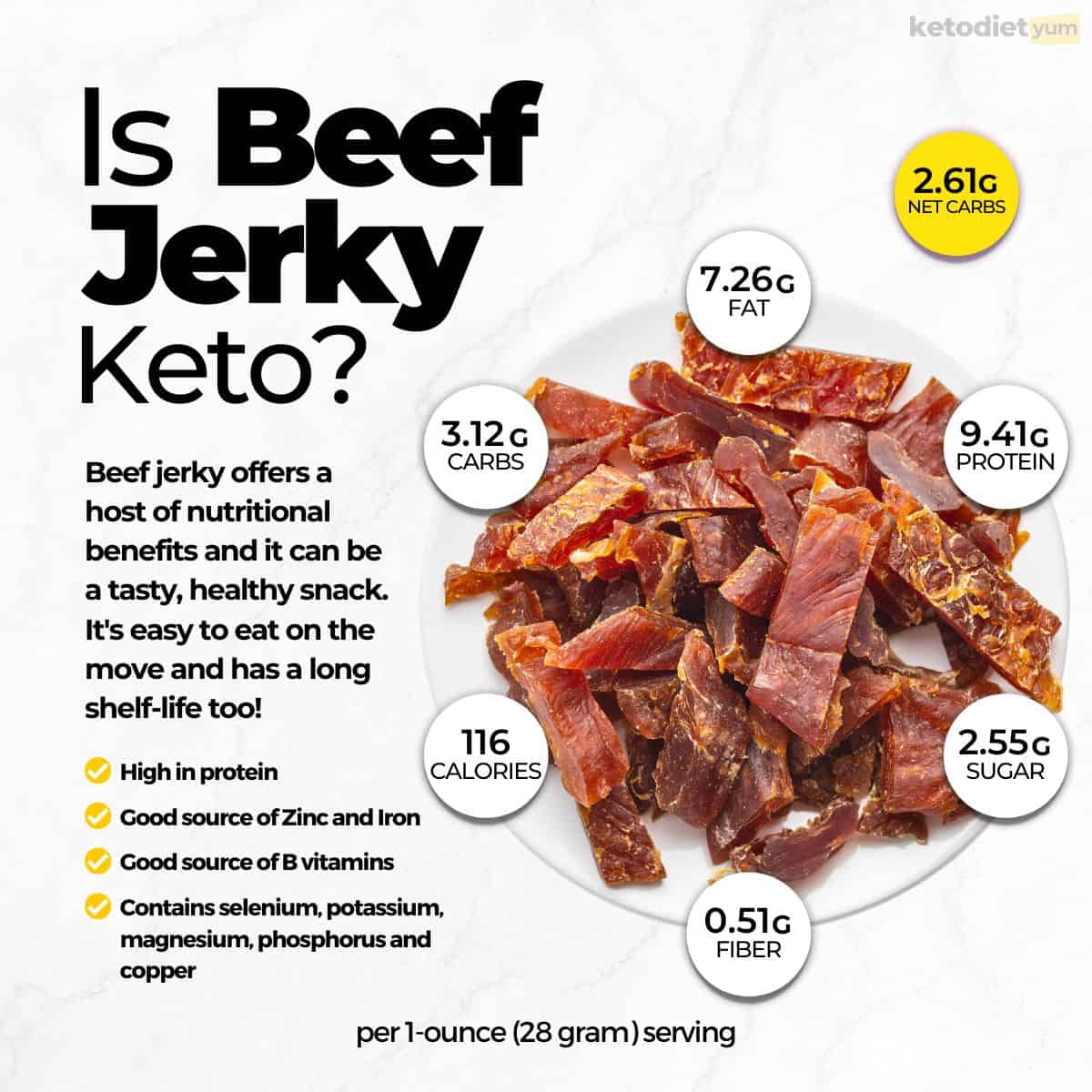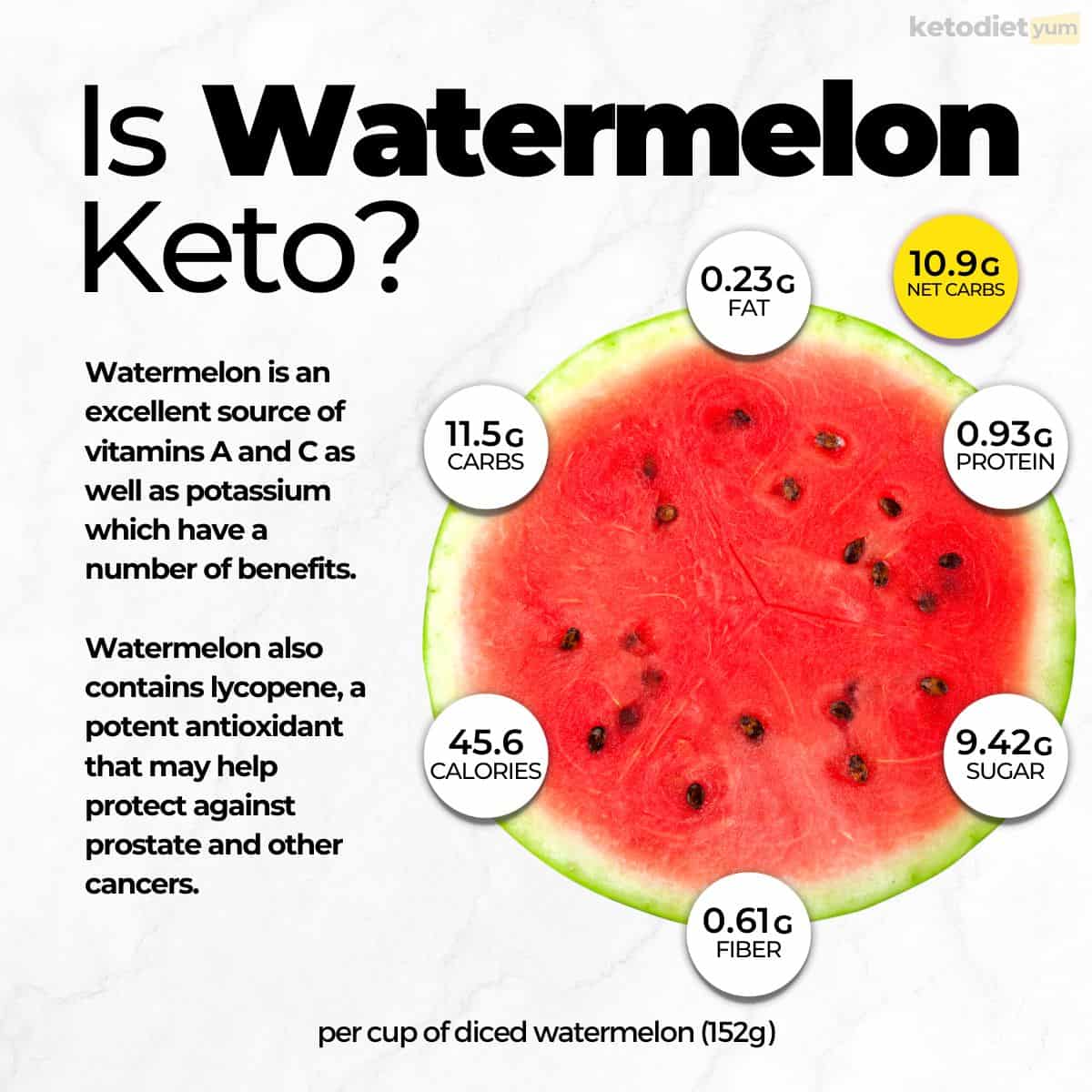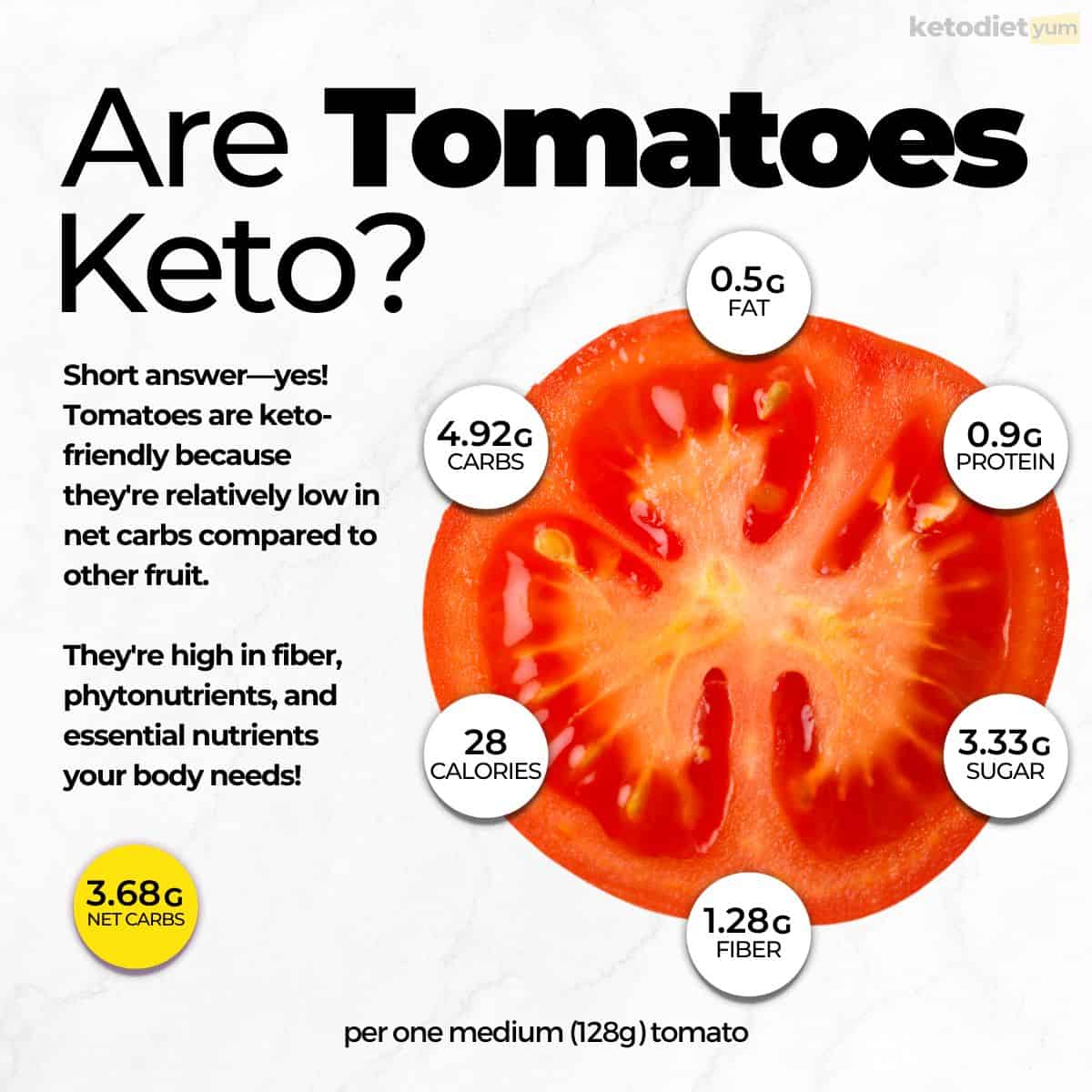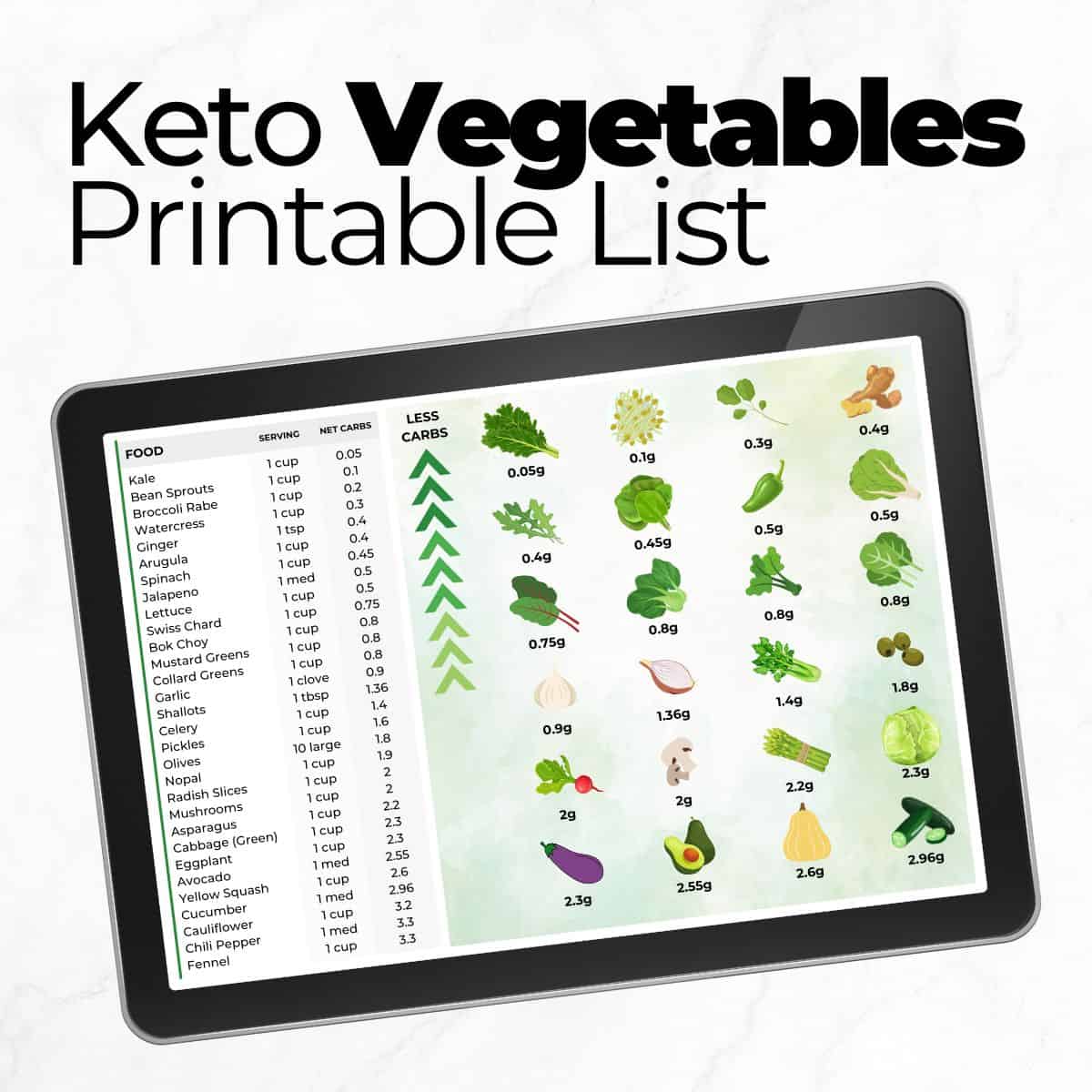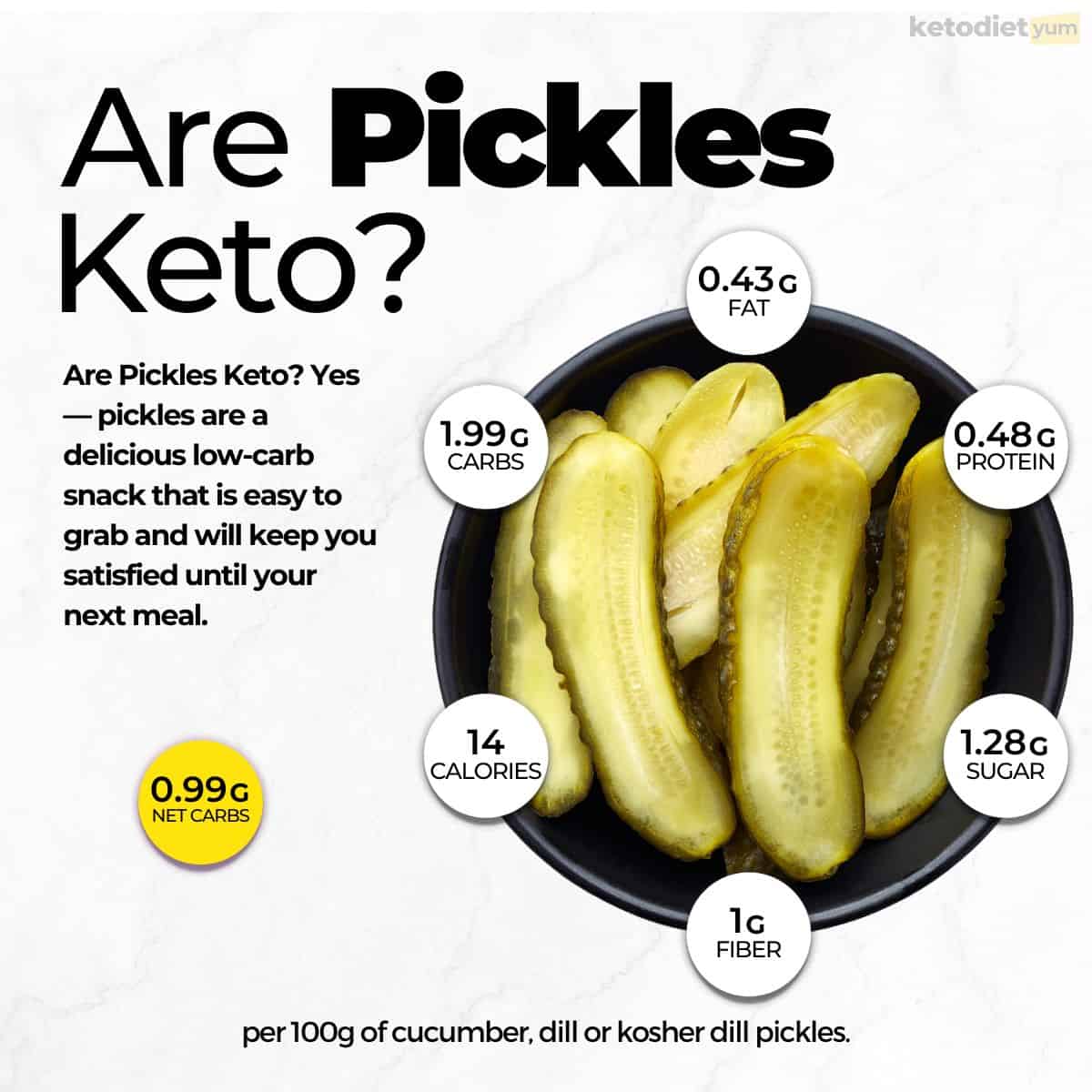Pesto is delicious, swirled into soups, a healthy dip with veggies, and stuffed into chicken breasts, but is pesto keto? Learn everything you need to know here!
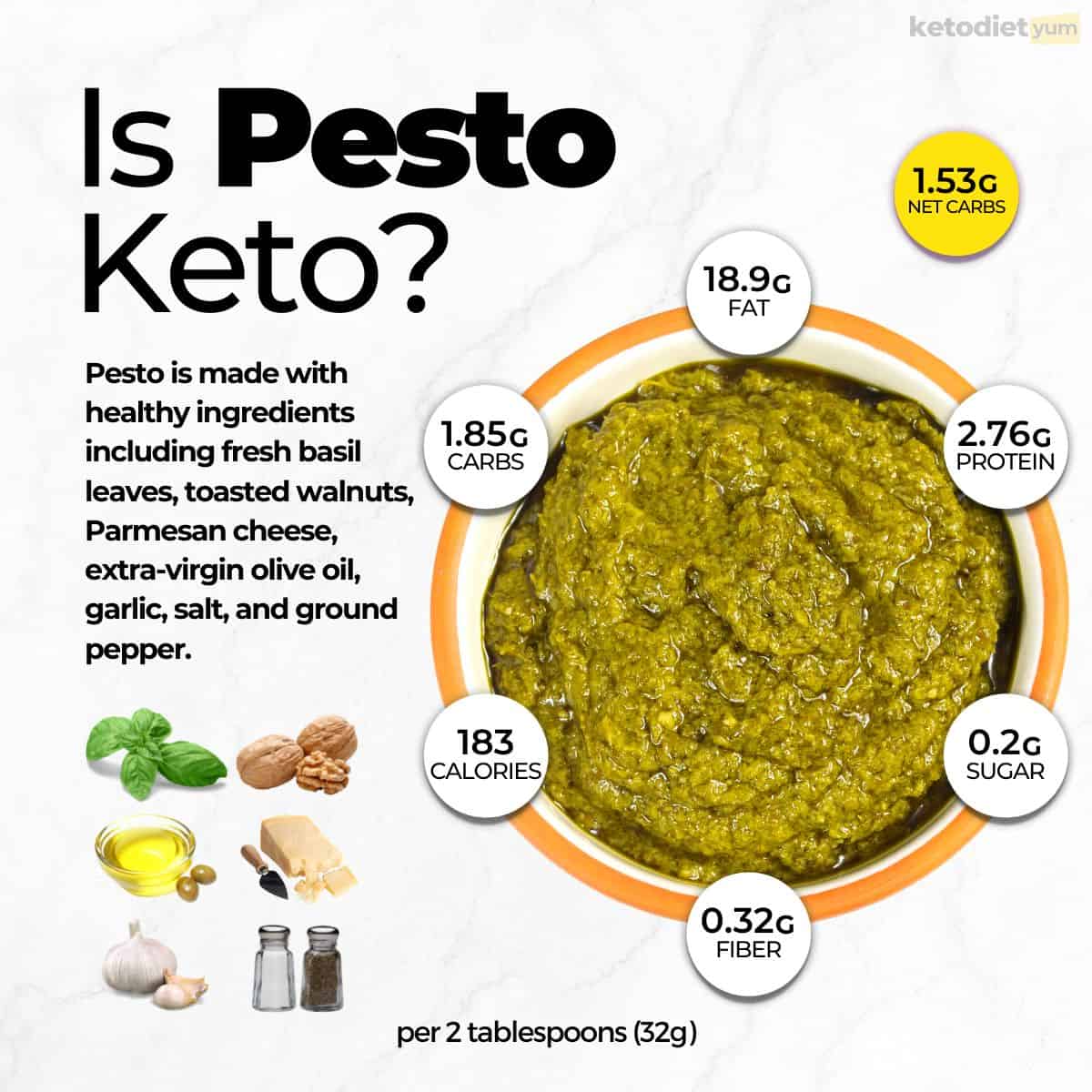
Jump to:
What Is Pesto?
Pesto is a popular sauce usually made from crushed pine nuts, basil leaves, olive oil, cheese, and a sprinkle of salt.
It's surprisingly versatile and can be used in lots of different dishes. One of the most popular ways to eat pesto is to mix it with pasta or spaghetti to create a quick and easy lunch or side dish.
But is pesto keto-friendly? In this post, we'll look at that question by diving into how pesto is made and its core ingredients.
What Counts As Being Keto-Friendly?
Before deciding whether pesto is keto-friendly, we have to define what keto-friendly means.
A keto diet typically means that around 75% of calories come from fat and 20% from proteins.
While these percentages can vary depending on one's preferences, around 5 to 10% of a person's total calories can still come from carbs while staying within the keto range.
By consuming this very low amount of carbohydrates, your body enters a state of ketosis, using fat for energy instead of glucose (carbs).
With this in mind, we can start looking at what pesto is, what it's made from, and how it can be considered keto-friendly.
What is Pesto Made Of?
According to USDA FoodData Central, a basic basil pesto has under 1 gram of carbohydrates with 0.16 grams of fiber in each tablespoon.
The ingredients include fresh basil leaves, toasted walnut pieces, cheese, extra-virgin olive oil, water, garlic, salt, and ground pepper.
The type of cheese used in pesto depends on the region. In the US and UK, it's usually made with Parmesan cheese, the most common in store-bought pesto.
In Italy, pesto is made with Sardinian, Pecorino, or Parmigiano Reggiano, which has a richer flavor and grainy texture.
Since none of these ingredients are naturally high in carbohydrates, a basic pesto is extremely friendly for a keto diet.
So, the net carbs in pesto are very low, but you need to use standard ingredients and not add anything extra.
Pesto Nutritional Information
This is the nutritional information for 2 tablespoons (32 grams) of standard pesto. USDA FoodData Central provides this information.
| Calories | 183 kcal |
| Protein | 2.76 g |
| Fat | 18.9 g |
| Carbohydrates | 1.85 g |
| Sugars | 0.224 g |
| Fiber | 0.32 g |
| Net Carbs | 1.53 g |
| Sodium | 316 mg |
| Calcium | 66.2 mg |
| Potassium | 63.7 mg |
| Magnesium | 19.5 mg |
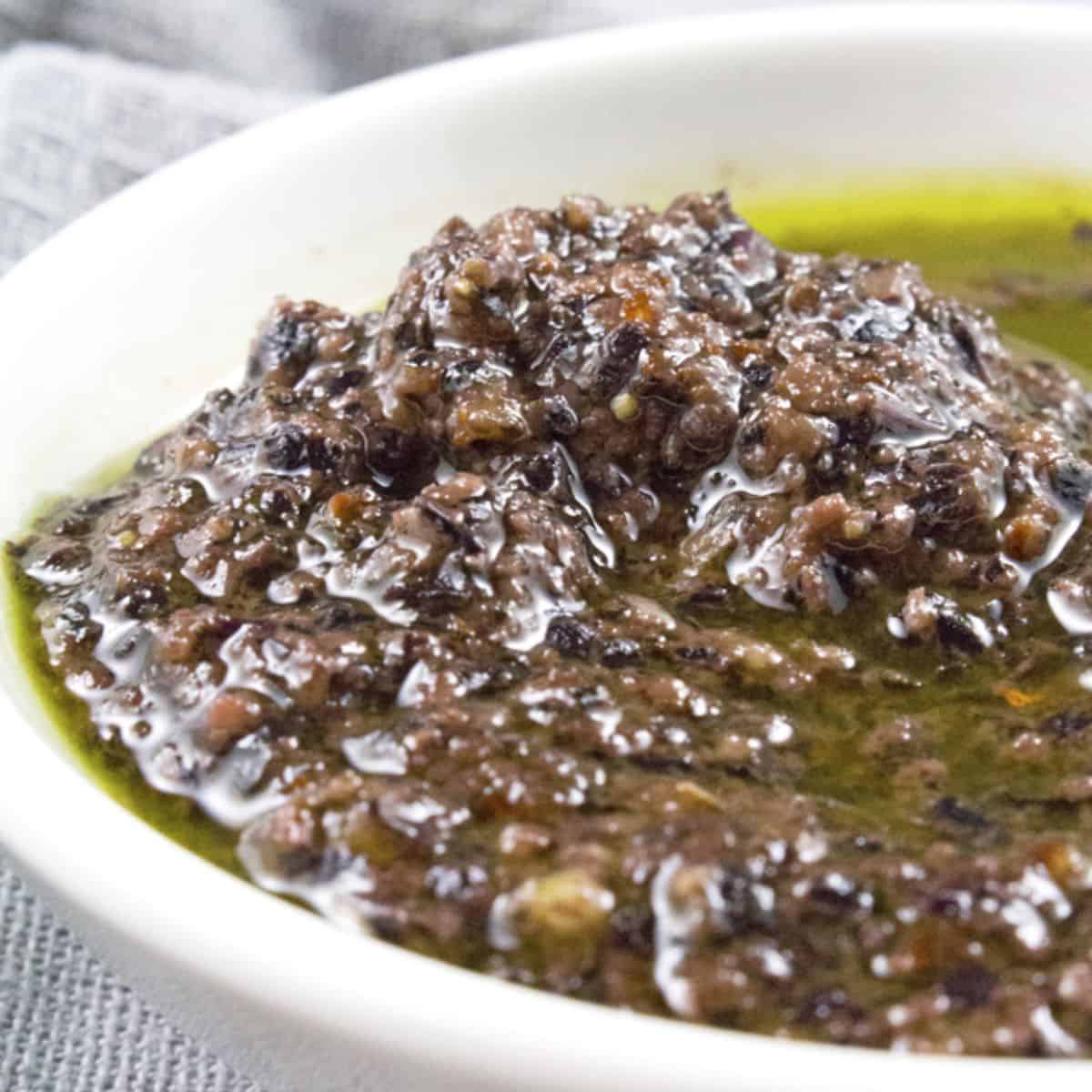
Best Keto Pesto Recipe
There are several ways to make pesto, but the most simple recipes involve just taking all ingredients and putting them into a blender.
My avocado basil keto pesto recipe is a great example of making delicious pesto while keeping the carbohydrate count low.
I also love this purple basil pesto recipe. It has a unique dark color and a more subtle sweet flavor than green pesto.
The secret is to blend the ingredients at different times to ensure that the pesto has a pleasing texture and delicious taste.
One of the important things to remember is that pesto is often served with foods high in carbohydrates.
For instance, eating pesto with spaghetti or inside a sandwich is common.
However, both foods are high in carbohydrates and are typically unsuitable for a keto diet.
This means you'll need to be careful with your pesto use.
In short, pesto is keto-friendly, but you need to consider the ingredients used to make it and also think about what you're serving the pesto with.
Frequently Asked Questions
How Many Carbs In Pesto?
The carb content in pesto varies depending on the type and brand. Store-bought net carbs in pesto can range from 2 grams to 8 grams per serving.
Ensure you carefully read the nutritional information on the label and opt for pesto that doesn't contain added sugars and additives.
Is Pesto Healthy?
So, is pesto good for you? Yes!
The ingredients in pesto are a large part of the Mediterranean diet and are known for their health benefits. It's loaded with heart-healthy fats and may reduce the risk of diabetes, heart disease [1], and even cancer [2].
Is Pesto Vegan?
No, traditional pesto recipes are not vegan. One of the key ingredients is cheese, usually Parmesan, Sardinian, or Pecorino. They're all made from non-vegan animal milk.
However, you can buy vegan-friendly pesto, which doesn't use cheese as an ingredient. You can also substitute it for vegan cheese. Vegan Parmesan cheese or any salty vegan cheese provides a similar texture and taste.
Is Pesto Gluten Free?
Yes, pesto is naturally gluten-free. However, always check the nutritional information and label on any store-bought products.
How Long Is Pesto Good For?
Store-bought pesto should last for around 7 to 10 days after opening. Just make sure you keep it refrigerated.
Homemade pesto lasts for around 4 to 5 days, kept in an airtight container or jar in the fridge. It doesn't contain preservatives, which is why it doesn't keep as long. Remember to add a small layer of olive oil on top of the pesto to help prevent oxidation, and it will stay fresh longer.
Final Words
While the carbs in pesto are very low, it's important to make it from scratch to keep the carbohydrate count low.
You also want to keep in mind what you're serving your pesto with to ensure you keep your carbohydrate count low.

